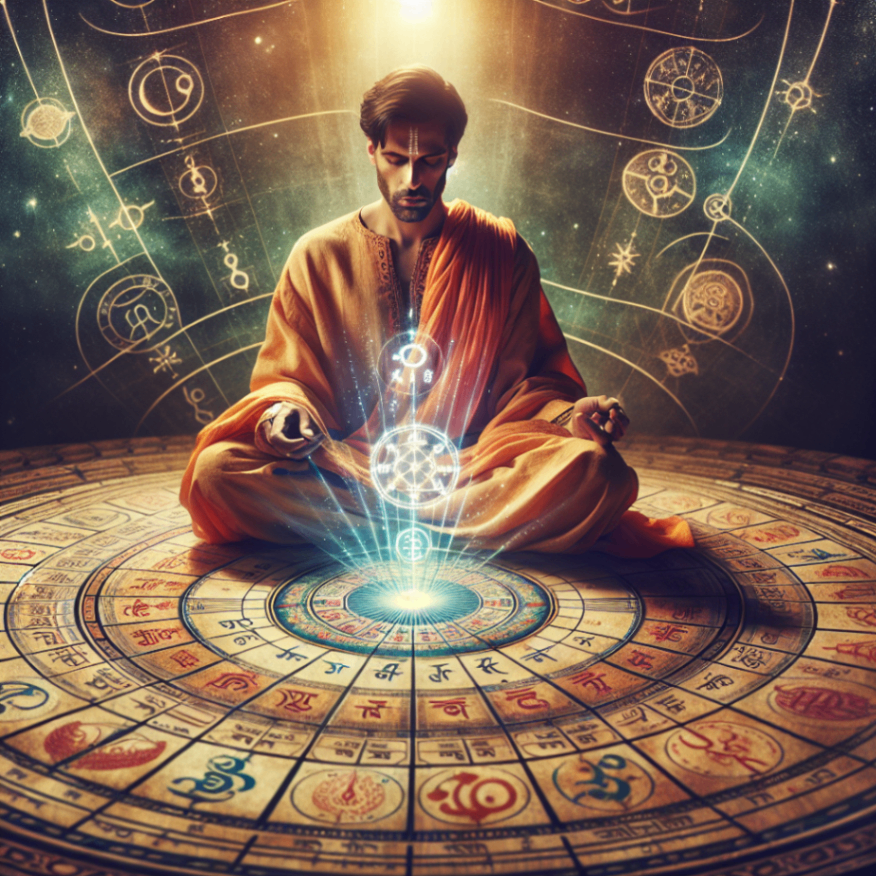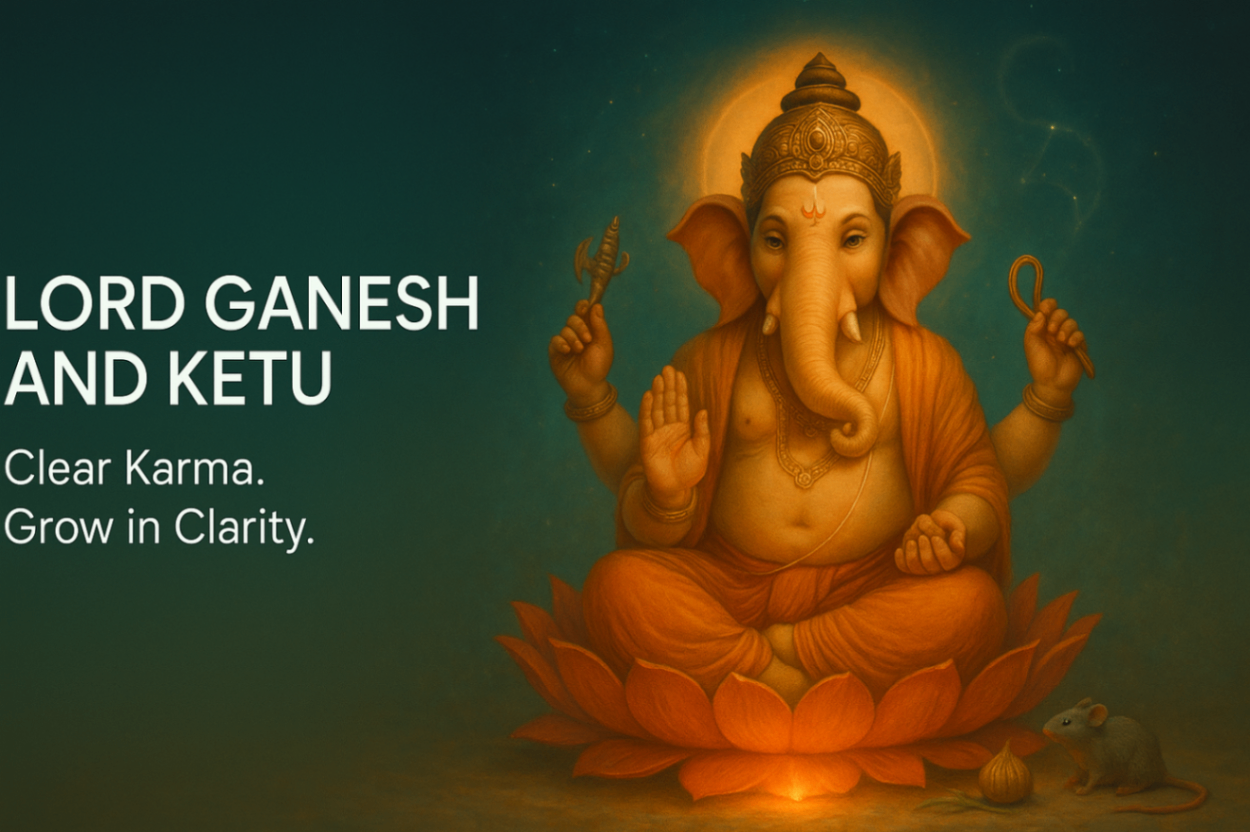Mantras hold a sacred place in Vedic astrology and spiritual practice, serving as powerful tools for healing the mind and elevating ones consciousness. Lets explore the significance of mantras, their origins, and how they work in Vedic astrology.
The Nature of Mantras:
Mantras are sacred sounds, syllables, or phrases that hold profound spiritual and psychological power. The word mantra itself combines man, referring to the mind, and tra, which means protection. Thus, a mantra is designed to protect, strengthen, and purify the mind.
Mind and Mantras: Our minds are constantly filled with chaotic, unfocused thoughts, which disperse our mental energy. Mantras help channel these thoughts, creating focused, powerful energy flows.
Mantras and Deities: Mantras are often associated with specific deities, aligning the practitioner with divine energies. For instance, chanting Om Namah Shivaya invokes the energy of Lord Shiva, embodying his attributes such as wisdom and strength.
Mantras as Focused Vibrations: Just as a magnifying glass focuses sunlight into a concentrated beam, mantras gather the dispersed rays of the mind, directing them into a single powerful vibration. This clarity allows individuals to transcend mental confusion.
Origins and Significance:
Mantras trace their origins to the ancient Vedic traditions of India:
Vedic Roots: Mantras originated from the Rig Veda, one of the oldest and most central texts in Vedic literature. This text, along with others, forms the basis of Vedic science, including astrology, yoga, and Ayurveda.
Connection to Lord Shiva: According to Vedic tradition, mantras originate from the sounds produced by Lord Shivas damaru (drum). These sounds encapsulate the various aspects of creation, from the five elements to the modes of nature.
Maheshwara Sutra: The sages of ancient India perceived these sounds, capturing them into 14 categories known as the Maheshwara Sutra. This sutra forms the foundation of the Sanskrit language and its association with the five elements.
How Mantras Work:
Mantras work by harnessing the sonic energy of the universe, offering a spiritual practice that transcends logic:
Mantra Sadhana: The practice of mantra chanting, or mantra sadhana, involves focused repetition. This chanting creates vibrations that align with the spiritual energy of the mantra.
Impact on the Mind: Chanting mantras produces immediate psychological effects, calming and focusing the mind. The sound of the mantra helps reconcile inner conflicts, leading to clarity and peace.
Science of Mantras: Modern science acknowledges the power of sound vibrations. Mantras create neuro-linguistic fields, harmonizing energy within the body and mind, aiding mental well-being.
Practicing Mantras:
Effective mantra chanting requires dedication, guidance, and a focused approach:
Learn from a Guru: A spiritual teacher or guru can guide practitioners on the correct pronunciation and rhythm, essential for harnessing the mantras power.
Right Posture: The body’s posture influences the effectiveness of chanting. Practitioners should sit comfortably on a rug, conserving energy and allowing for deep, relaxed breathing.
Repetition and Consistency: Repeating the mantra with focus and consistency is key. Over time, this practice leads to deeper absorption into the mantras vibration.
Conclusion:
Mantras serve as powerful tools in Vedic astrology and spiritual practice, aligning the mind with divine vibrations. Through mantra sadhana, individuals can transcend mental chaos, achieving clarity and peace. The practice also offers a spiritual path, reconnecting individuals with ancient wisdom and guiding them towards a higher level of consciousness.

































